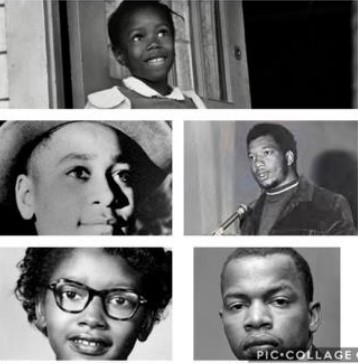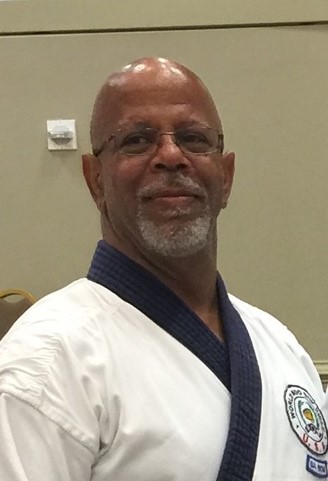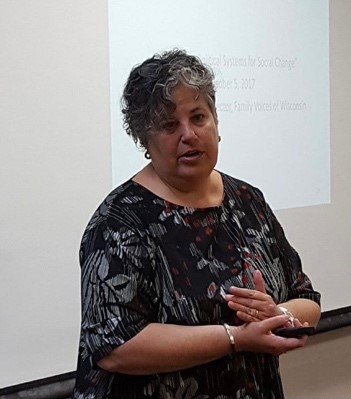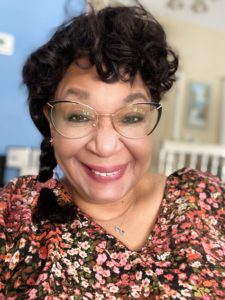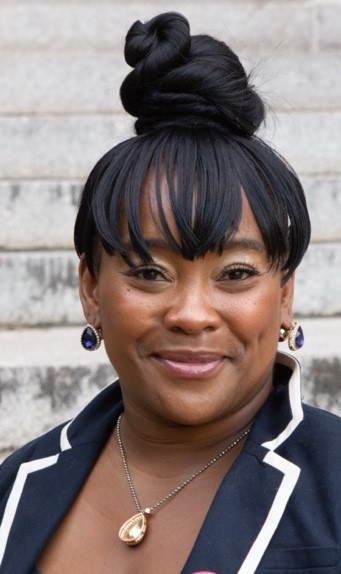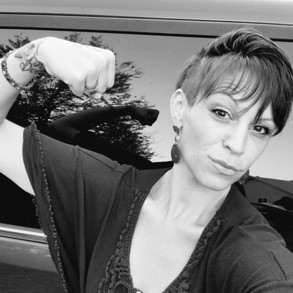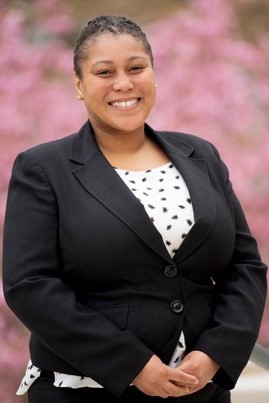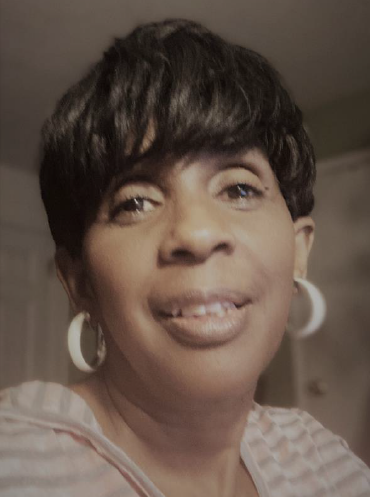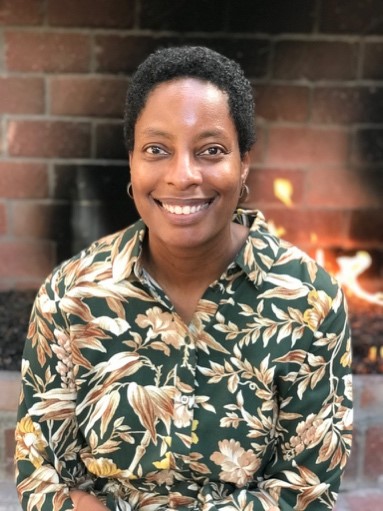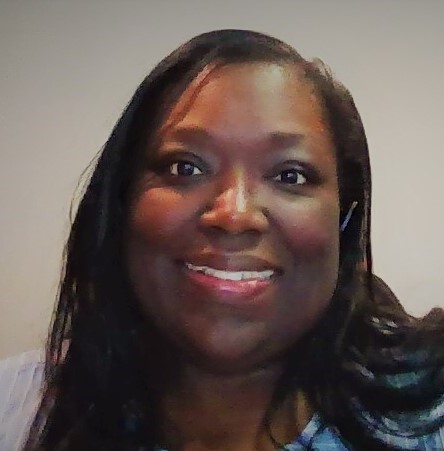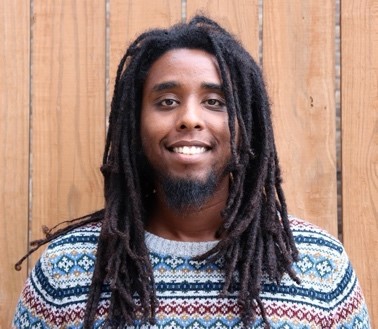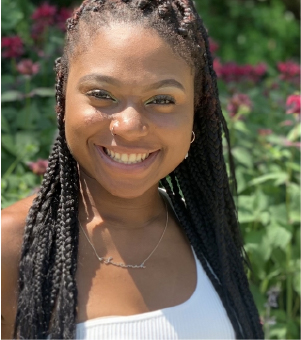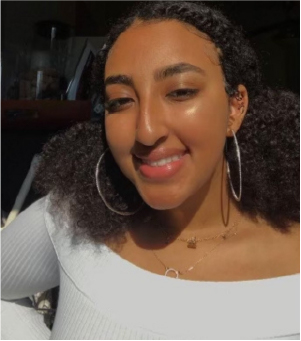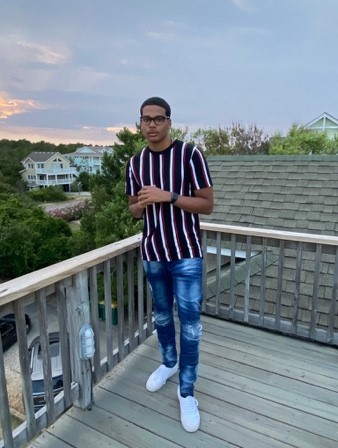Youth Activism Timeline
This is a timeline of some of youth leaders who sparked the movement for change and
contributed to the civil rights movement. All of these youth fought for many of the things
we take for granted today. They inspire and empower us to do the work that we do today,
and we owe it to them to keep fighting for change. Read more about them by clicking on
hyperlinks below.
1930
Ella Baker helped to Form the Young Negro Cooperative League.
1957
Little Rock Nine including Minnijean Brown, Elizabeth Eckford, Ernest Green, Thelma Mothershed, Melba Patillo, Gloria Ray, Terence Roberts, Jefferson Thomas, and Carlotta Walls, were 9 young African American youth entered a desegregated school 3 years after the landmark Supreme Court decision, Brown V Board of Education.
1960
Greensboro Four including Ezell Blair Jr., David Richmond, Franklin McCain and Joseph McNeil organized non-violent protests in response to the 1955 murder of Emmett Till.
2013
Black Lives Matter Alicia Grazia, Patrisse Cullors, and Opal Tometi created #BlackLivesMatter hashtag in response to the killing of Trayvon Martin.
Youth Activism Through History
Emmett Till
Emmett Till – Emmett Louis Till, was a 14-year-old African American who was lynched in
Mississippi in 1955. The death of Emmett Till sparked a nation-wide movement and really
pushed the civil right movement.
“Emmett Till’s murder was a spark in the upsurge of activism and resistance that became
known as the Civil Rights movement. The sight of his brutalized body pushed many who
had been content to stay on the sidelines directly into the fight.” – pbs.org
Claudette Colvin
In 1955, 15-year-old Claudette Colvin was riding on a packed public bus
in Alabama, when four white passengers boarded the bus. The teen stood her ground by
refusing to give up her seat to a white passenger on a bus, nine months later Rosa Parks
drew national attention for doing the same. This incident motivated many protests and
movements. Bus boycotting in the south began to impact businesses.
Ruby Bridges
Six-year-old Ruby Bridges broke stereotypes and made history as the first
African American student to attend William Frantz Elementary School in Louisiana after the
Brown v. Board of Education Supreme Court case required schools to desegregate in 1954
Ruby Bridges walked so that we can run. Ruby Bridges is a role model for youth across our
nation.
John Lewis
In 1965, at the height of the modern civil rights movement, civil rights activists
like John Lewis organized a march for voting rights, from Selma, Alabama, to Montgomery,
the state capital. He was 25 years-old then but John Lewis did not stop there, he later
became a United States Congressman and continued to fight for civil rights until his death
in 2020.
Fred Hampton
Fredrick Allen Hampton was an American activist and one of the Black
Panther Party’s most influential leaders as chairman of the Illinois chapter. The Black
Panther Party was wrongly characterized as only being militant when in fact they did more
for promoting social change for disadvantaged people in their communities. Fred Hampton
was a target on a government sanctioned murder under the controversial program
COINTELPRO. At the time of his death, he was 22 years old. Learn more about Fred
Hampton by watching the Warner Bros. movie: Judas and the Black Messiah
